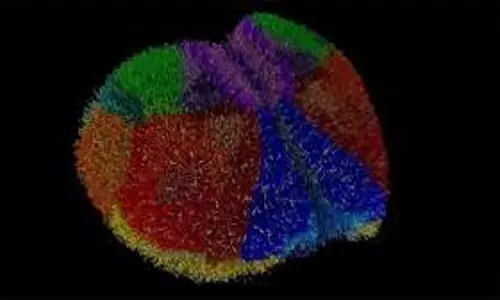
Astronomers detect light echoing from behind black hole for first time
text_fieldsIn a historic finding that also attests to Einstein's theory, astrophysicists have detected light coming from the far side of a black hole, using telescopes as per a report by The Guardian. The new findings affirmed ideas about how black holes warp light and shed further light on the darkest objects in the Universe.
The strange discovery, detailed in a paper published July 28 in Nature, is the first direct observation of light from behind a black hole—a scenario that was predicted by Einstein's theory of general relativity but never confirmed, until now.
Astrophysicist Dan Wilkins described the findings in the published article titled "Light bending and X-ray echoes from behind a supermassive black hole".
As explained by Wilkins, any light that goes into that black hole doesn't come out, so we shouldn't be able to see anything that's behind the black hole. The reason we can see that is because the black hole is warping space, bending light and twisting magnetic fields around itself.
As per a report by The Guardian, bright flares of X-rays were spotted bursting from a supermassive black hole at the centre of a galaxy 800m light-years away, which is relatively normal.
The original motivation behind this research was to learn more about a mysterious feature of certain black holes, called a corona. Material falling into supermassive black hole power the brightest continuous sources of light in the universe, and as it does so, forms a corona around the black hole. This light—which is X-ray light—can be analyzed to map and characterize a black hole.
But the telescopes also picked up unexpected "luminous echoes". These additional flashes were smaller, later and of different colours than the bright flares.
These, the researchers determined, are the same X-ray flares but reflected from the back of the disk—a first glimpse at the far side of a black hole.
Roger Blandford, a co-author of the research, published in Nature, said: "Fifty years ago when astrophysicists started to speculate how the magnetic field might behave close to a black hole, they had no idea that one day we might have the techniques to observe this directly and see Einstein's general theory of relativity in action."






















